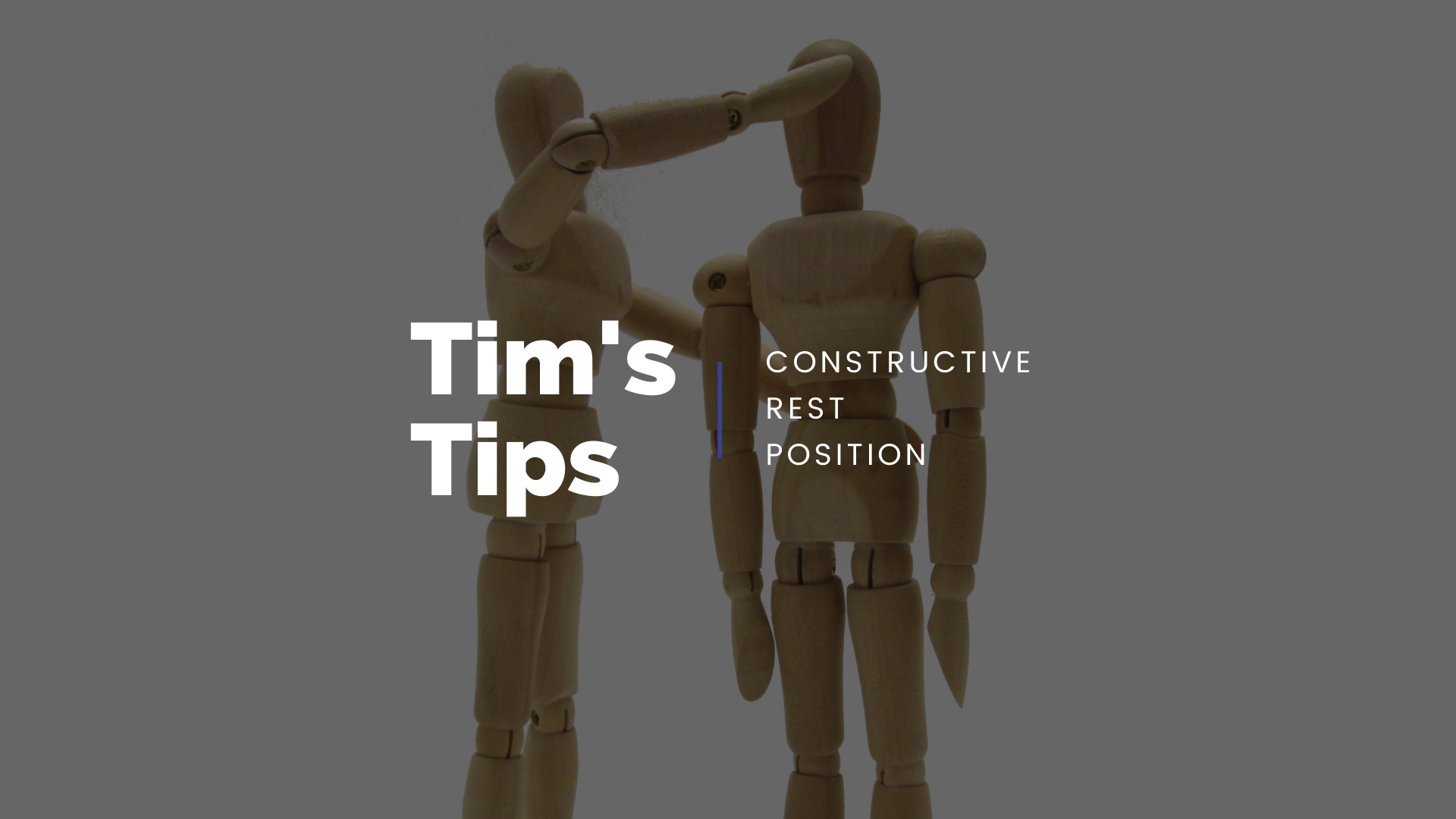Would you like to sleep better?
The obvious answer is, "Of course!"
But, why don’t we sleep well?
Unfortunately, we are overstimulated. We are bombarded with stimulation from the time we wake up, until the time that we try and go to sleep. Some people even have to use some kind of white noise to sleep, which means they are receiving stimulation all the time. This stimulation can come from physical, mental, and emotional sources.
Our bodies have to process this stimulation in one way or another. The goal of the body is that we wake up each day with zero stimulation in us. If we lay down in bed at night with excess, the body will figure out a way to process it. Think: grinding teeth, clenching jaw, crazy dreams, tossing and turning, super active brain. All of this leads to a poor night of sleep. Fortunately, there is something you can do to help with this.
You can give the body a way to process this stimulation more effectively. The more you do this, the more the body will recognize it as a way to release stimulation and it will take less and less time. It will also work better and better.
CONSTRUCTIVE REST POSITION
1. Lay down on the floor. The harder the surface the better. A carpet or yoga mat on the floor, not on the couch or bed. Your body has to feel points of contact.
2. Be sure to turn off the TV, radio, podcast. Leave your phone in the other room. The goal is zero stimulation.
3. Bend your knees so that your feet are flat on the floor and your legs are bent at a 45 degree angle.
4. You can place your hands on your stomach or by your sides.
5. Gently breathe. Allow your lower back and neck to descend to the floor. Do not push your back down. This is a completely passive pose. Remember, you are trying to let go of stimulation, not add to it.
6. Do this for 10-15 minutes.
7. Relax into the pose until you can feel your lower back touch the floor, longer if possible.
8. That’s it. Easy peasy.
You can do this anytime of day, but it is most effective right before you go to bed. You can do it after you exercise, sit at a computer, have an argument. Anytime you are overstimulated. It will definitely help you to sleep better, calm your mind, and help your posture too!
Are you interested in receiving more tips for alignment, posture and overall wellness? Sign up for our newsletter by scrolling to the bottom of this page and entering your email.
Yours in Wellness,
Tim
